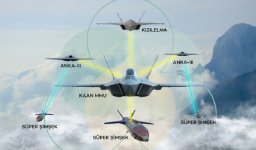MMM-E
Elite Member
- Jul 6, 2017
- 14,674
- 12,904
- Country of Origin

- Country of Residence

Turkish Technologies on KAAN
KAAN used the 5th generation main management Computers and real-time operating system with integrated modular architecture developed by TÜBİTAK BİLGEM

COCKPİT ... except Ejection Seat full of Turkish technology

Aselsan AESA Radar
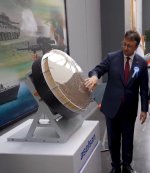
Aselsan KARAT IRST

Aselsan TOYGUN EOTS
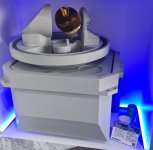
Aselsan YILDIRIM-300 DIRCM
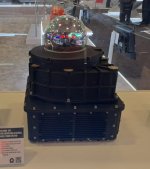
Canopy from VOLO
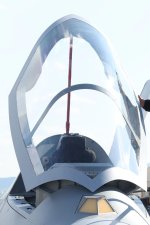
Landing Gears from TAAC
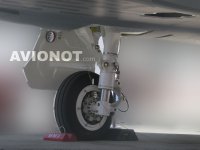
Aselsan TULGAR HMDS
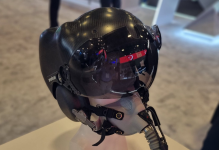
TR-MOTOR 35..000 lbf turbofan Engine .... under development
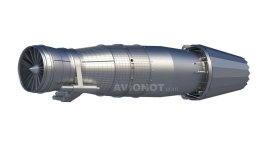
Only
Ejection Seat from The UK ( Martin-Baker MK4 )
Engine from USA ( GE F-110-129 )
Both of these systems will be localized by the Turkish defense companies in coming years
KAAN used the 5th generation main management Computers and real-time operating system with integrated modular architecture developed by TÜBİTAK BİLGEM

COCKPİT ... except Ejection Seat full of Turkish technology

Aselsan AESA Radar

Aselsan KARAT IRST

Aselsan TOYGUN EOTS

Aselsan YILDIRIM-300 DIRCM

Canopy from VOLO

Landing Gears from TAAC

Aselsan TULGAR HMDS

TR-MOTOR 35..000 lbf turbofan Engine .... under development

Only
Ejection Seat from The UK ( Martin-Baker MK4 )
Engine from USA ( GE F-110-129 )
Both of these systems will be localized by the Turkish defense companies in coming years
Last edited:


